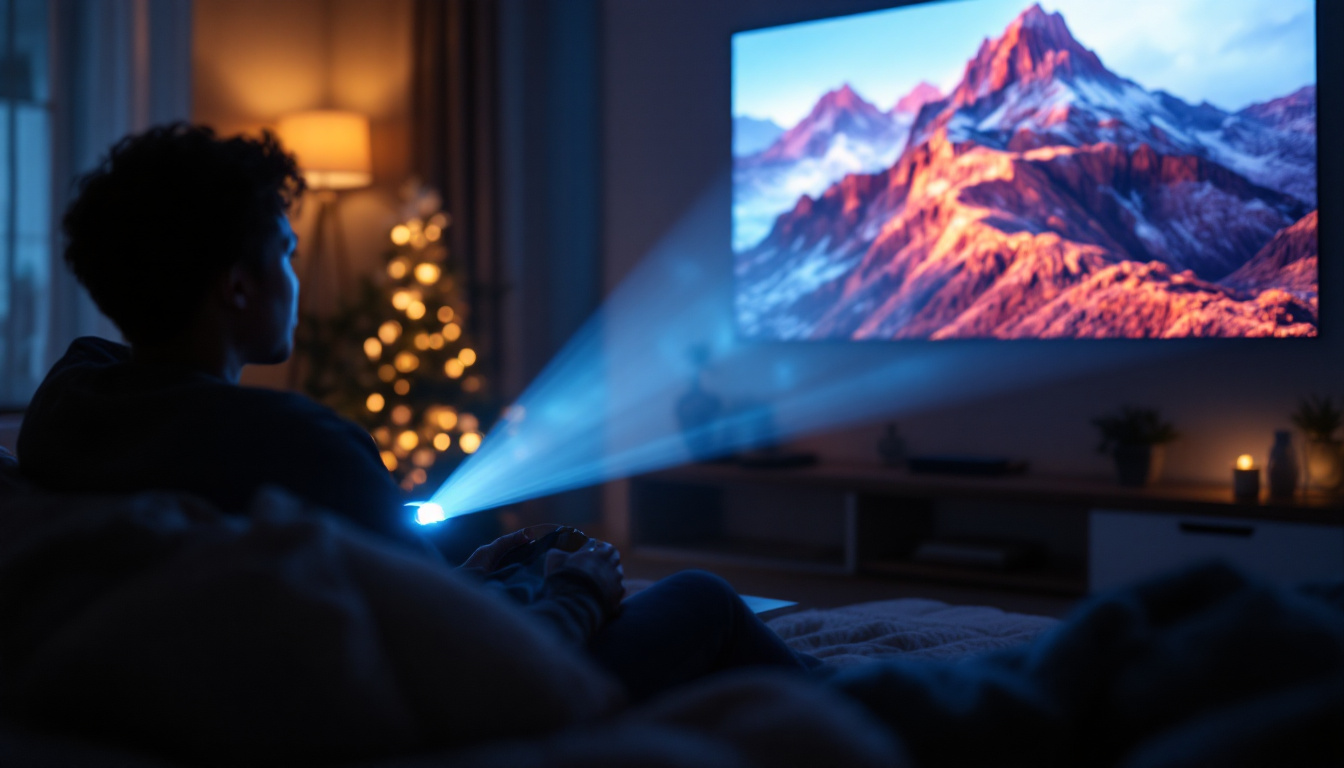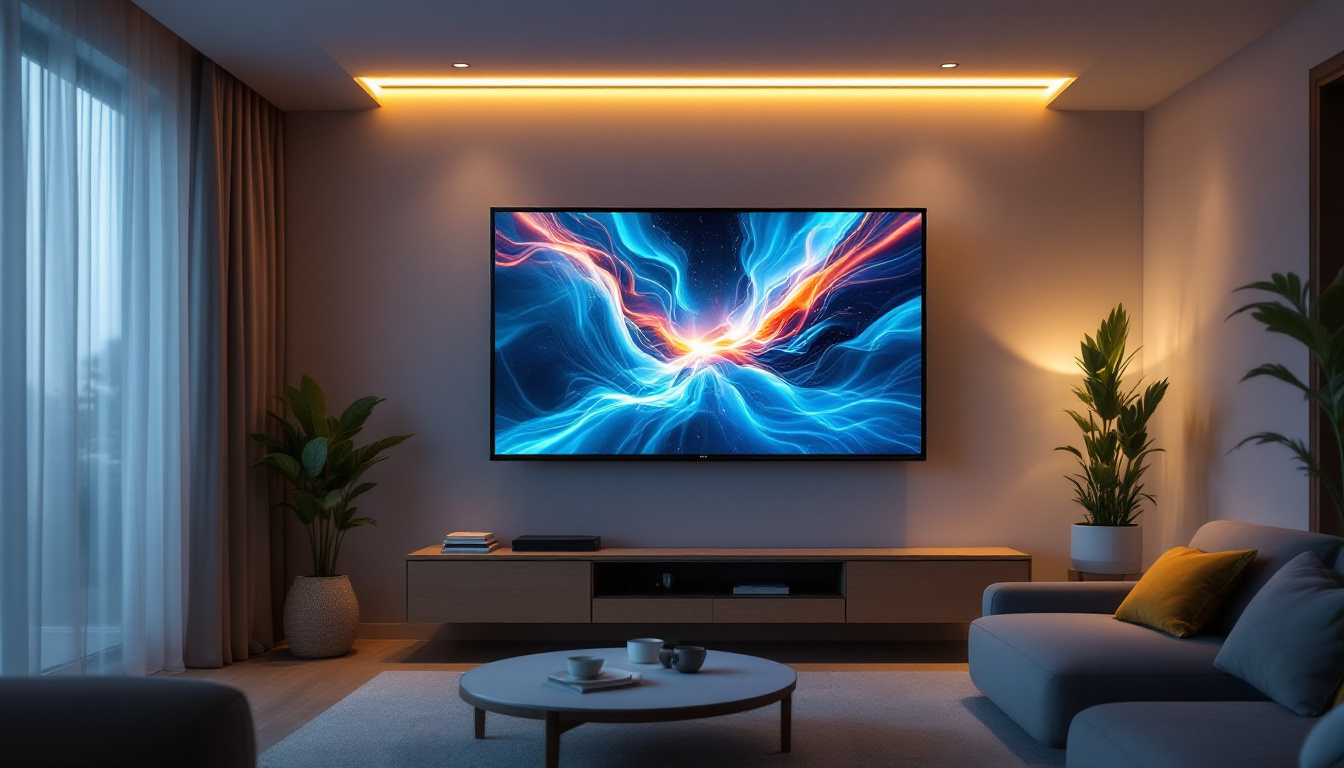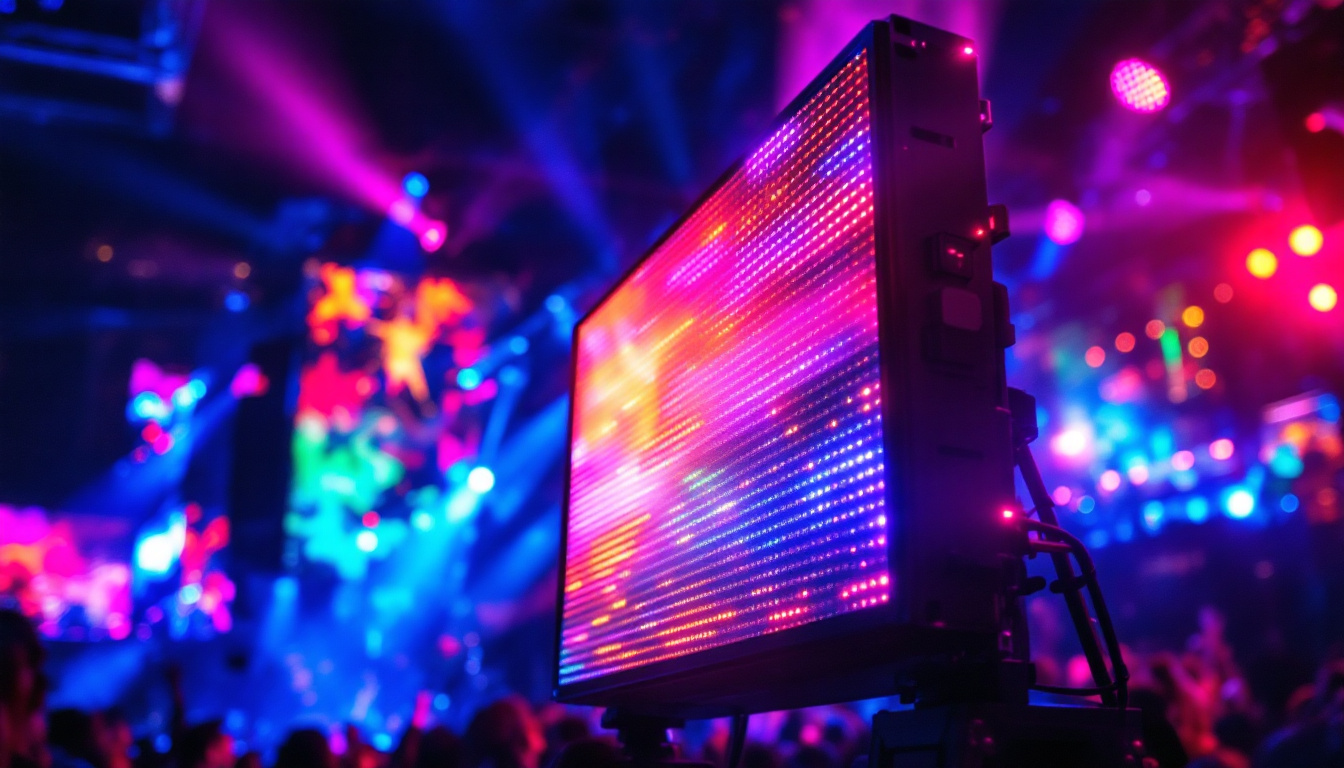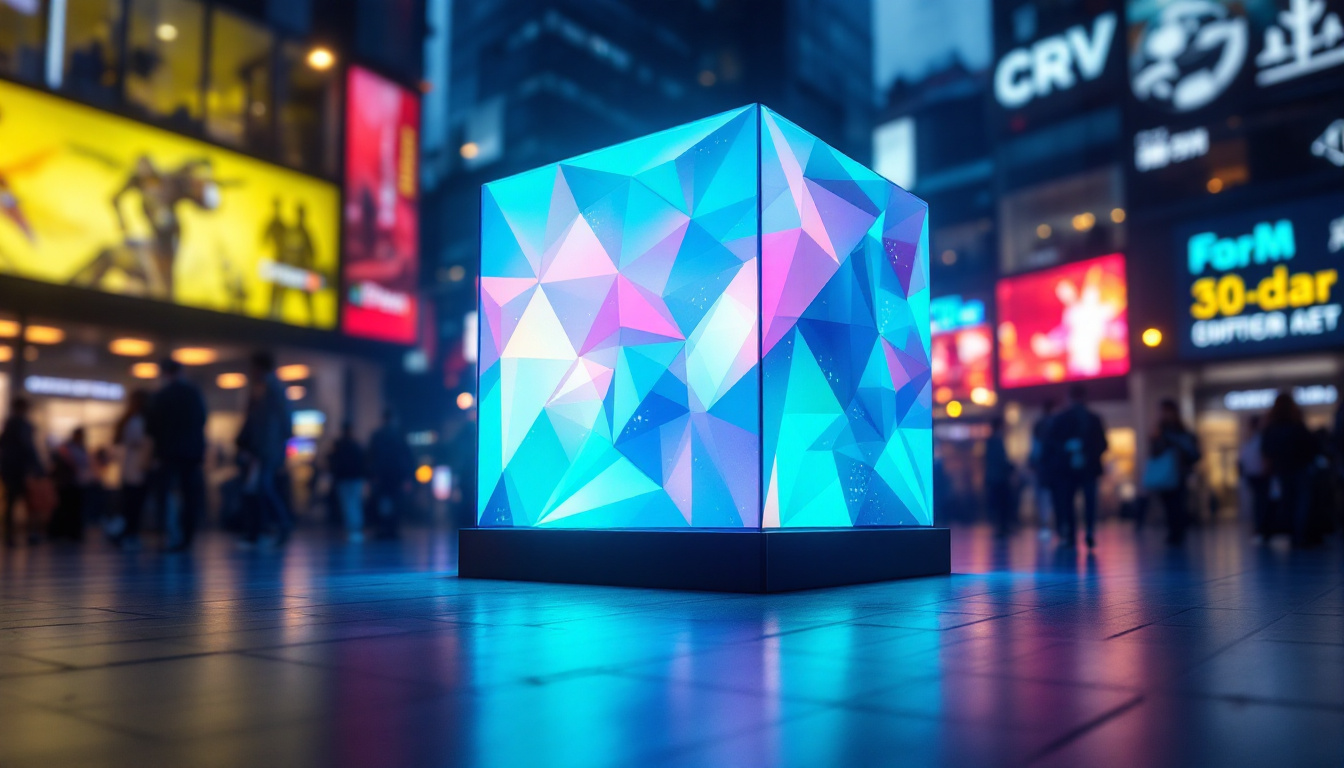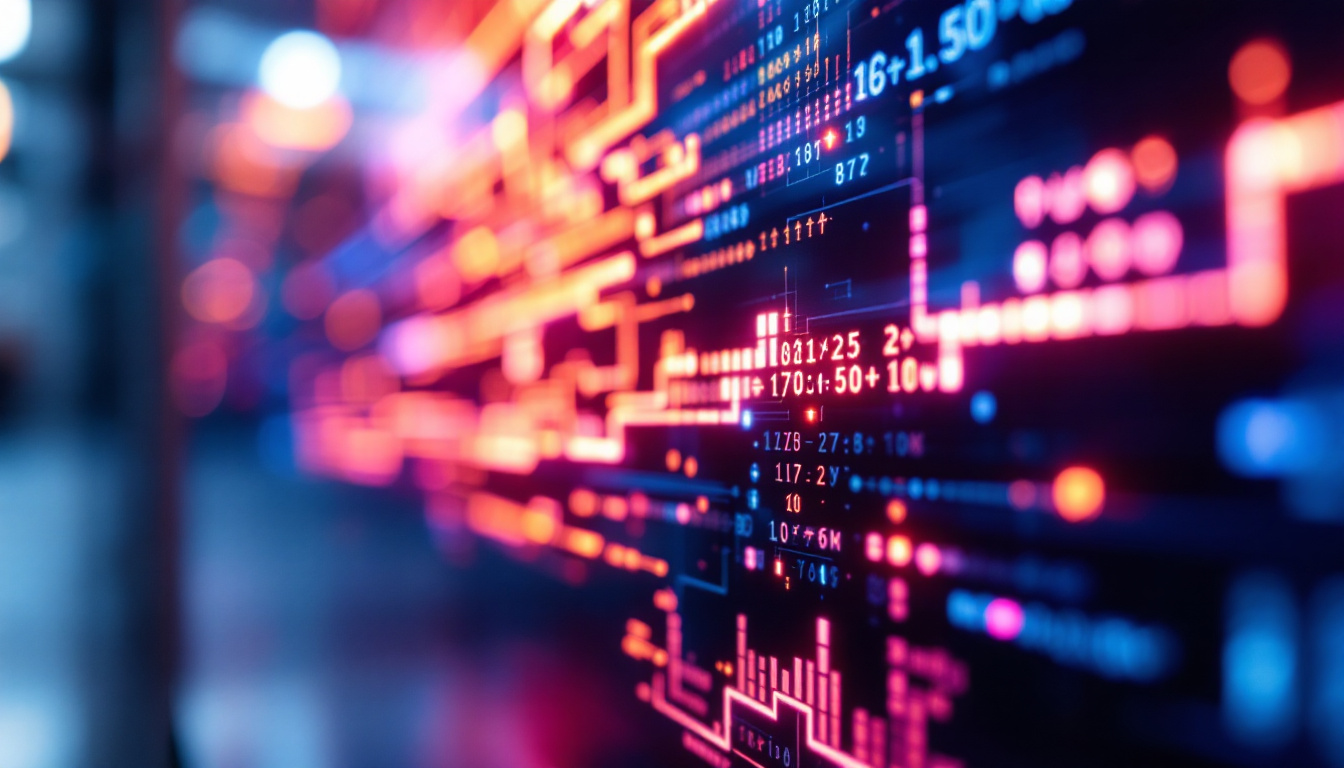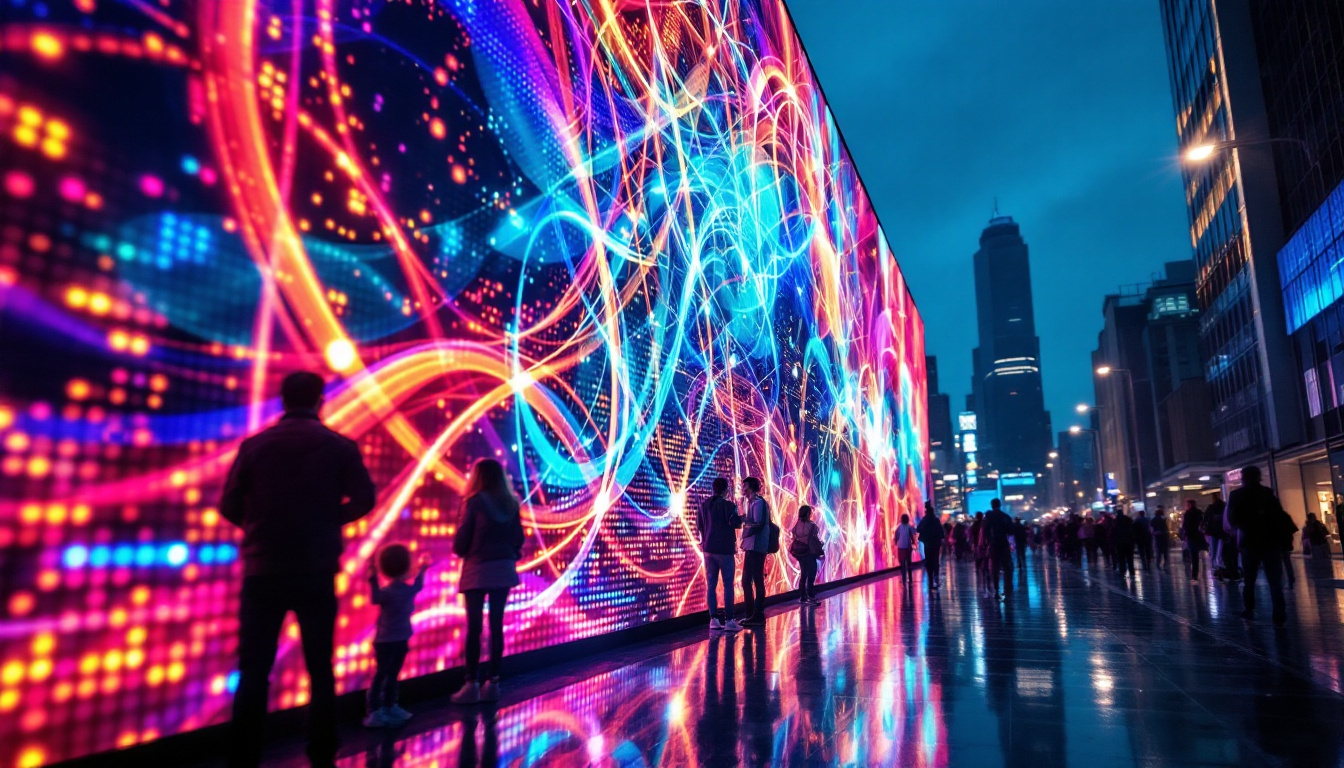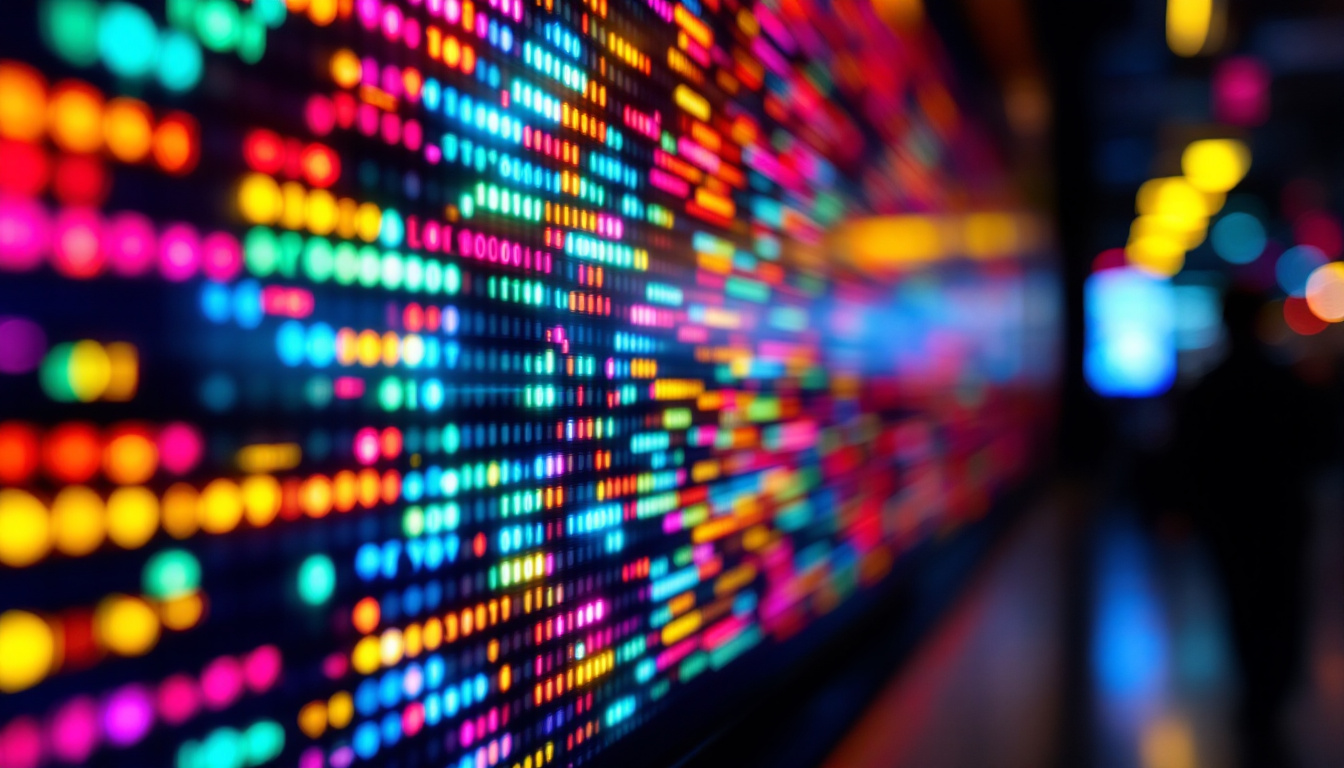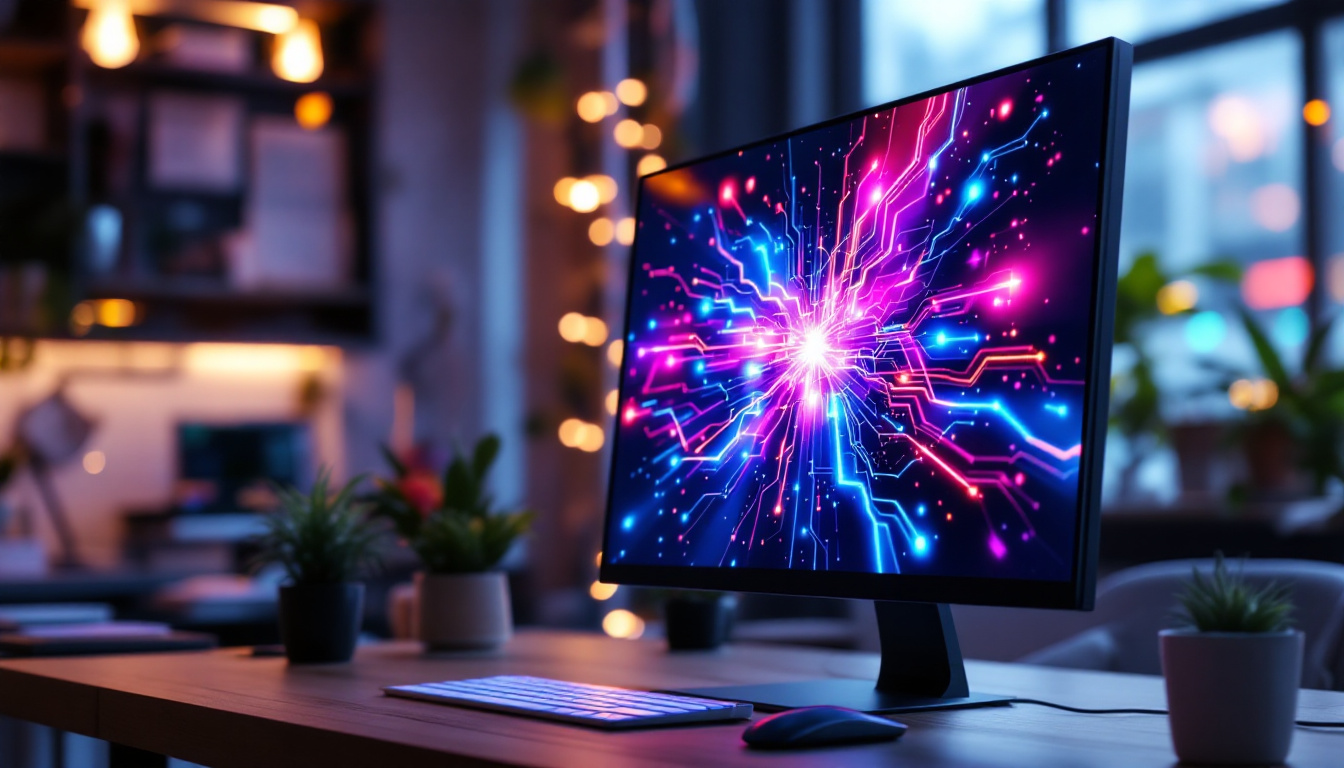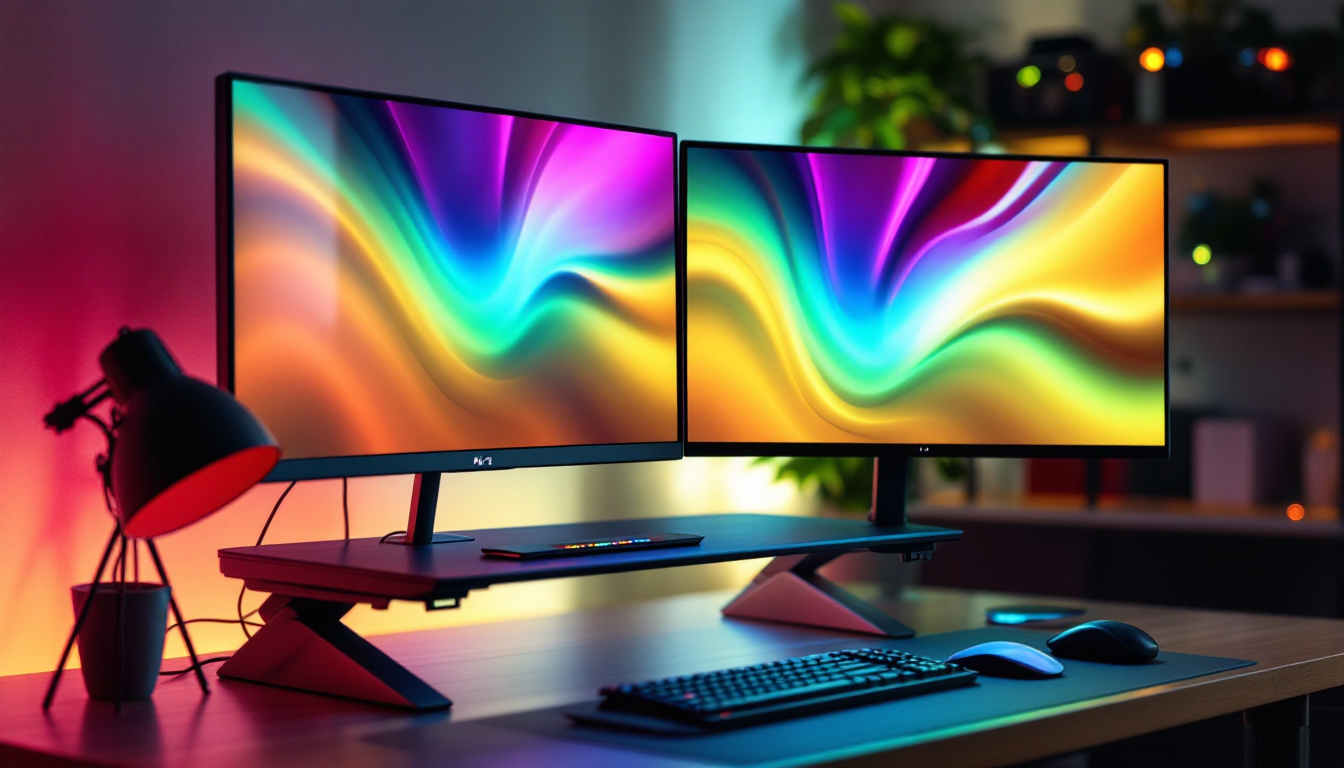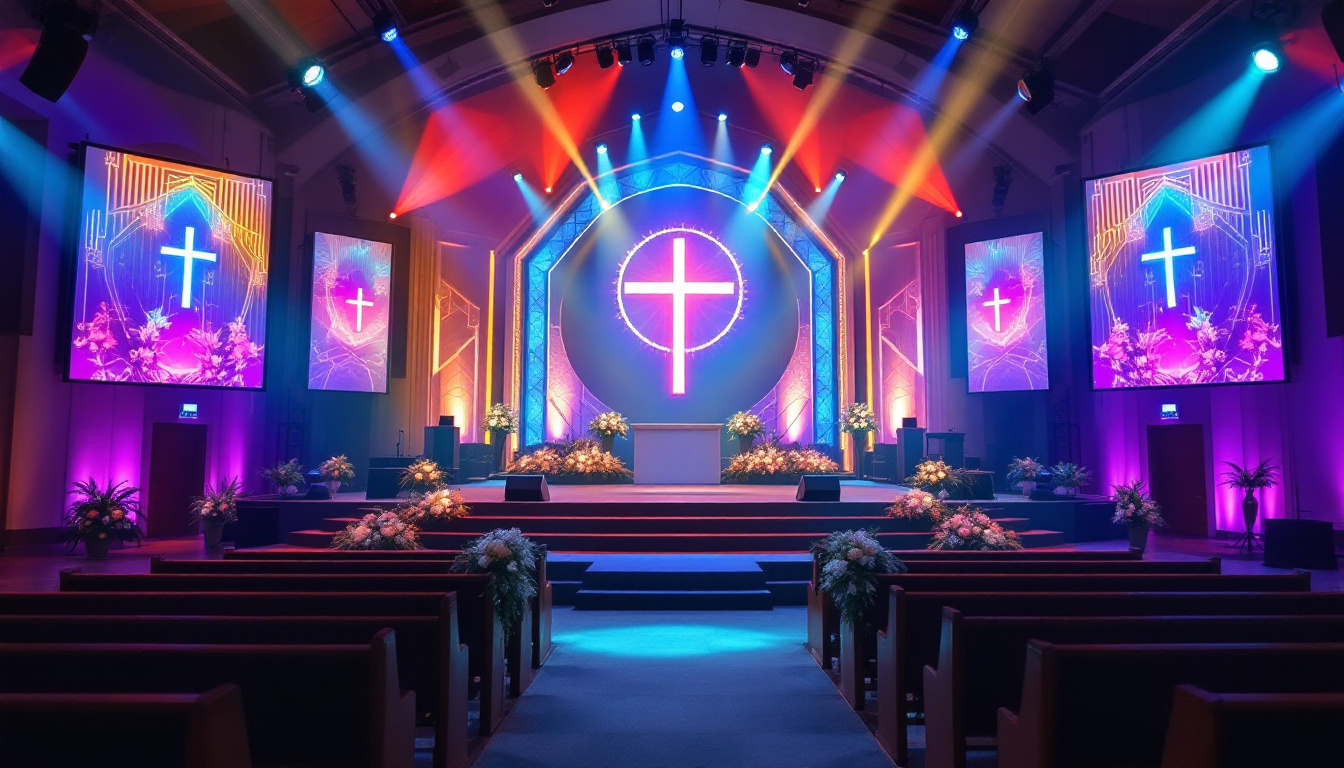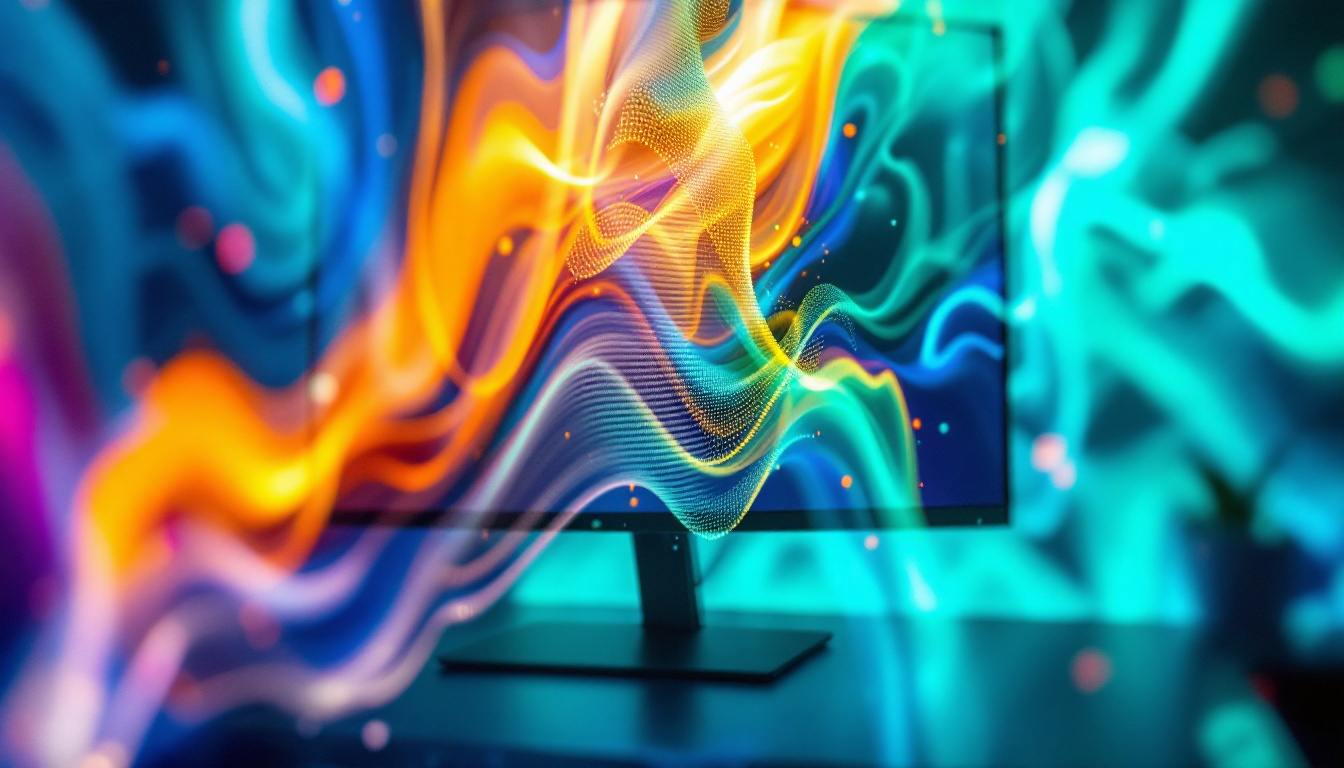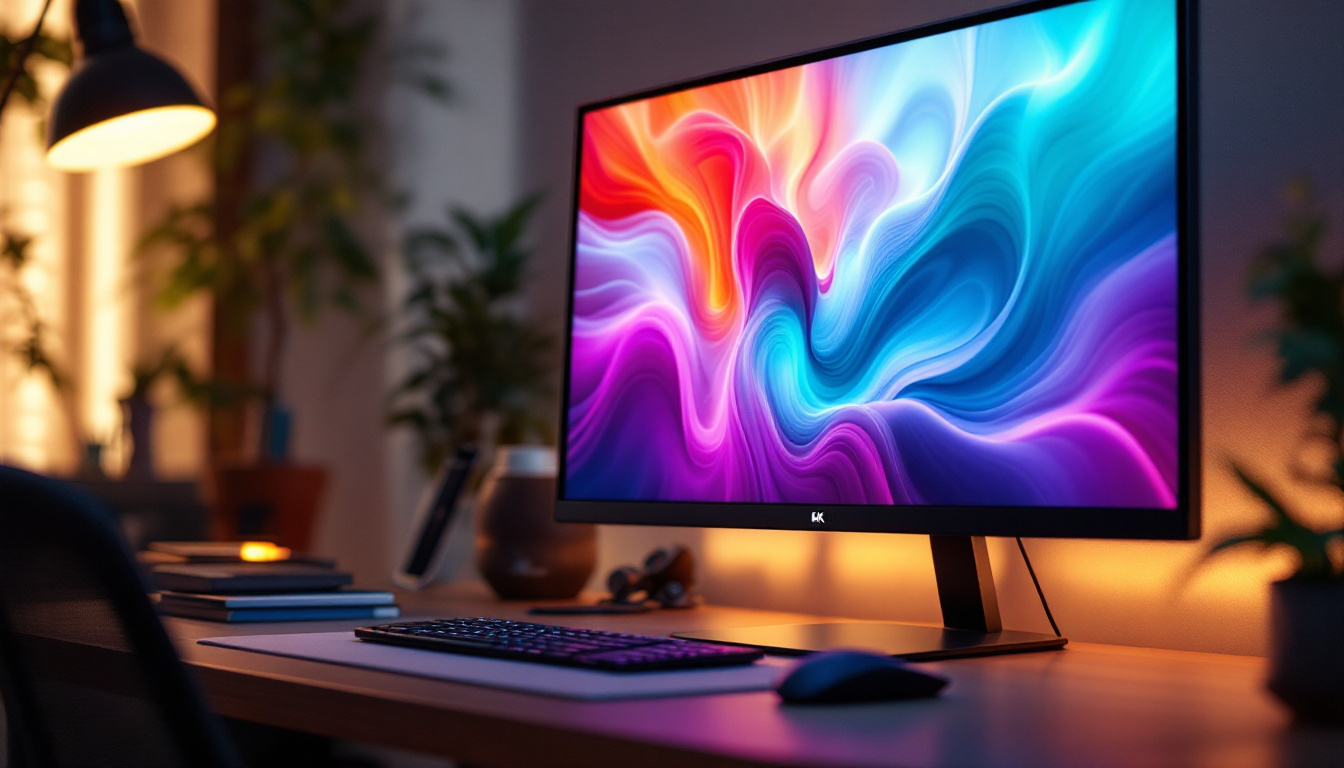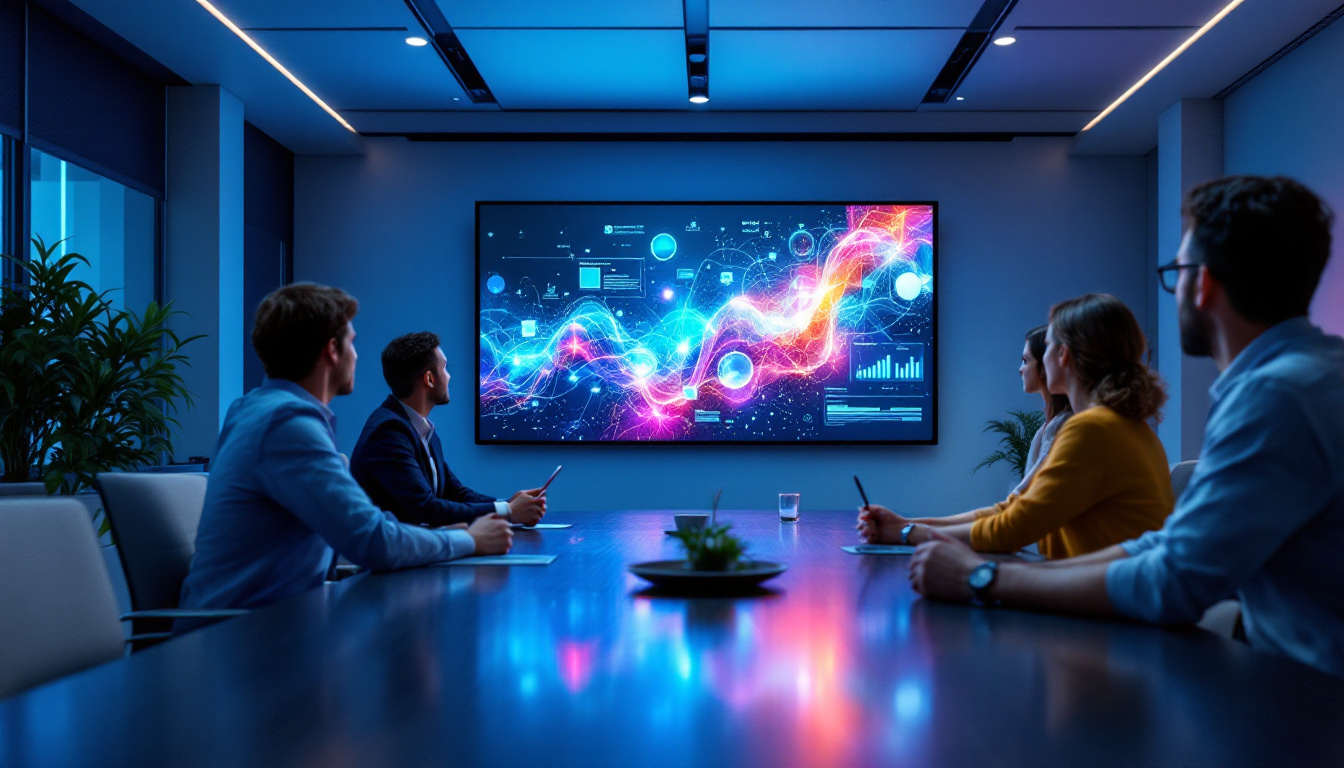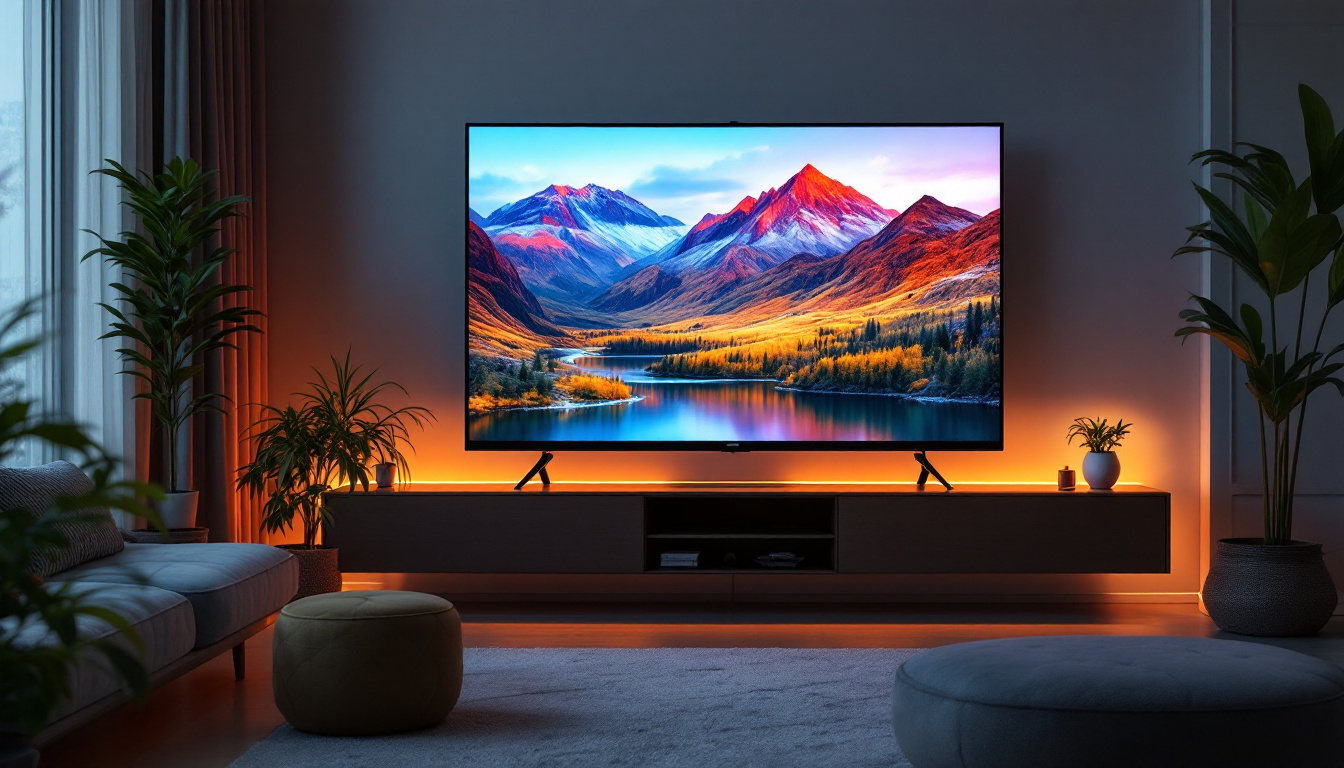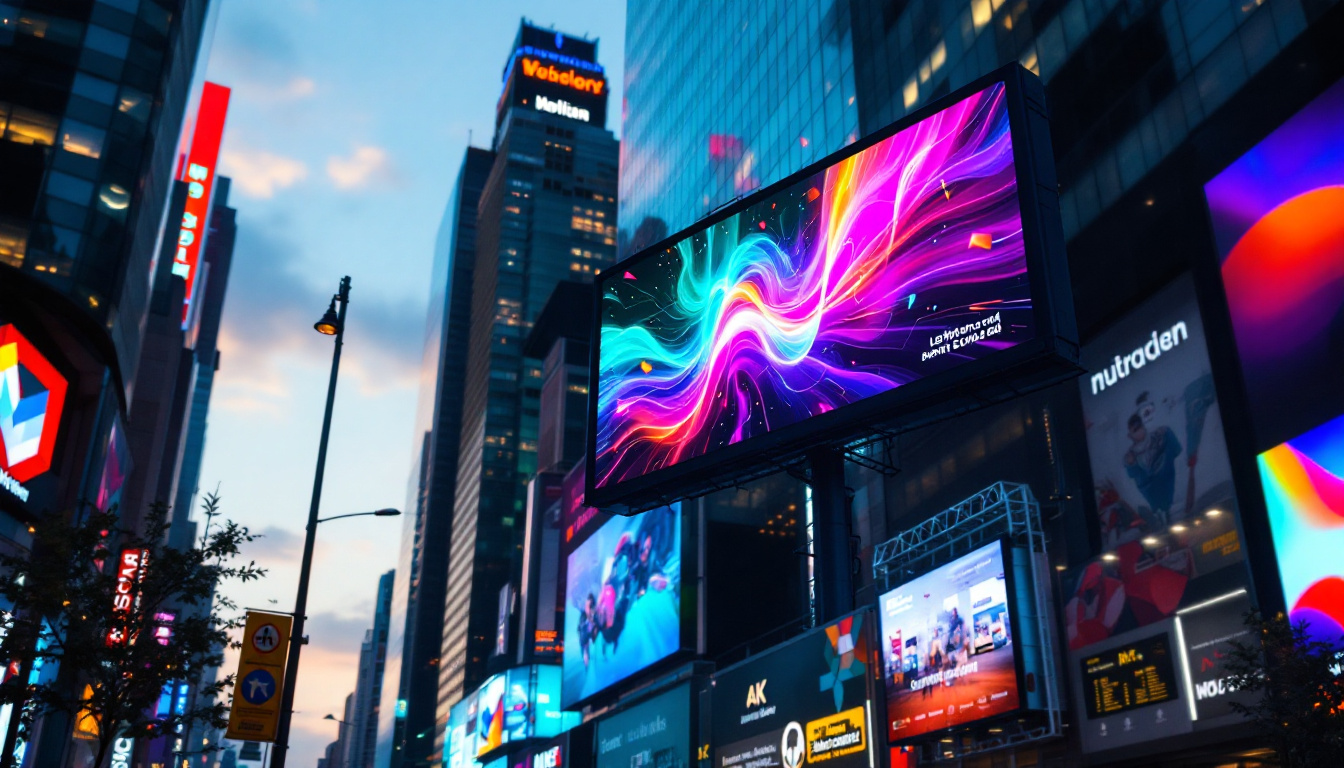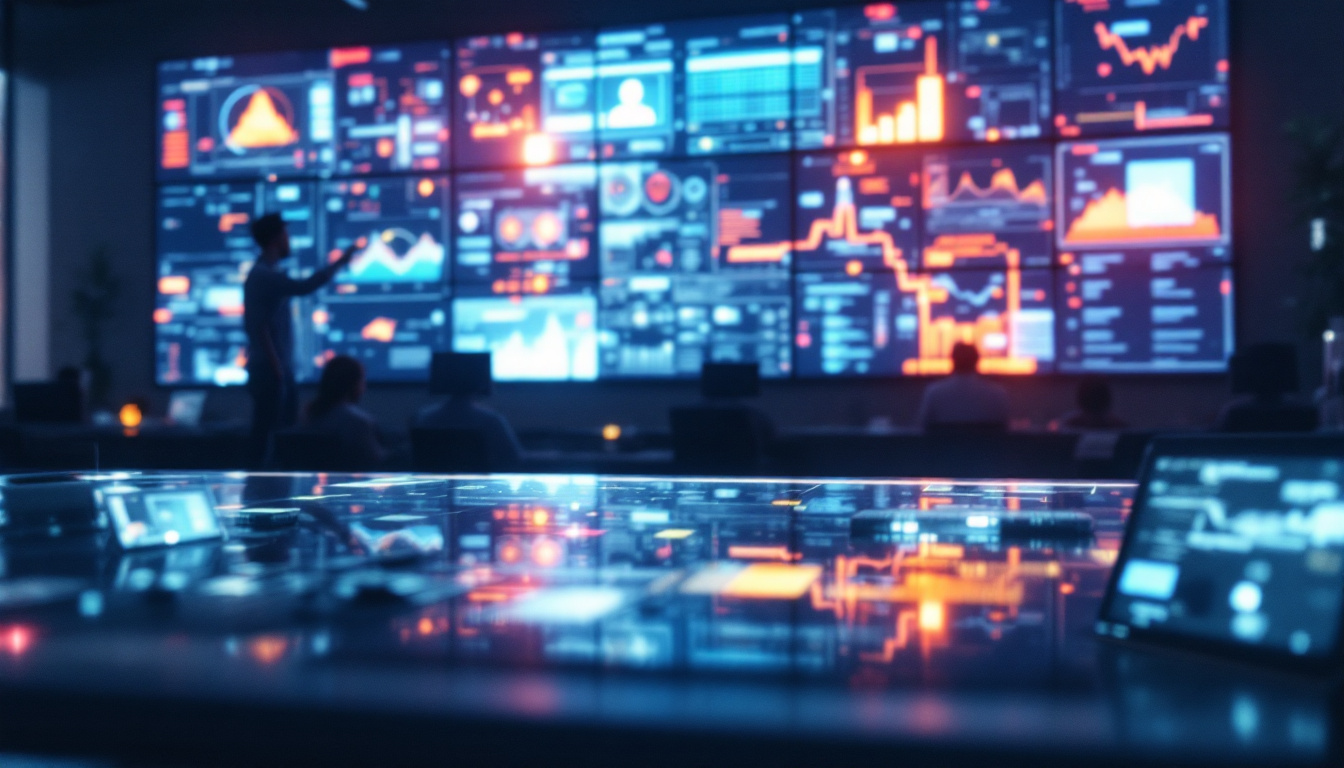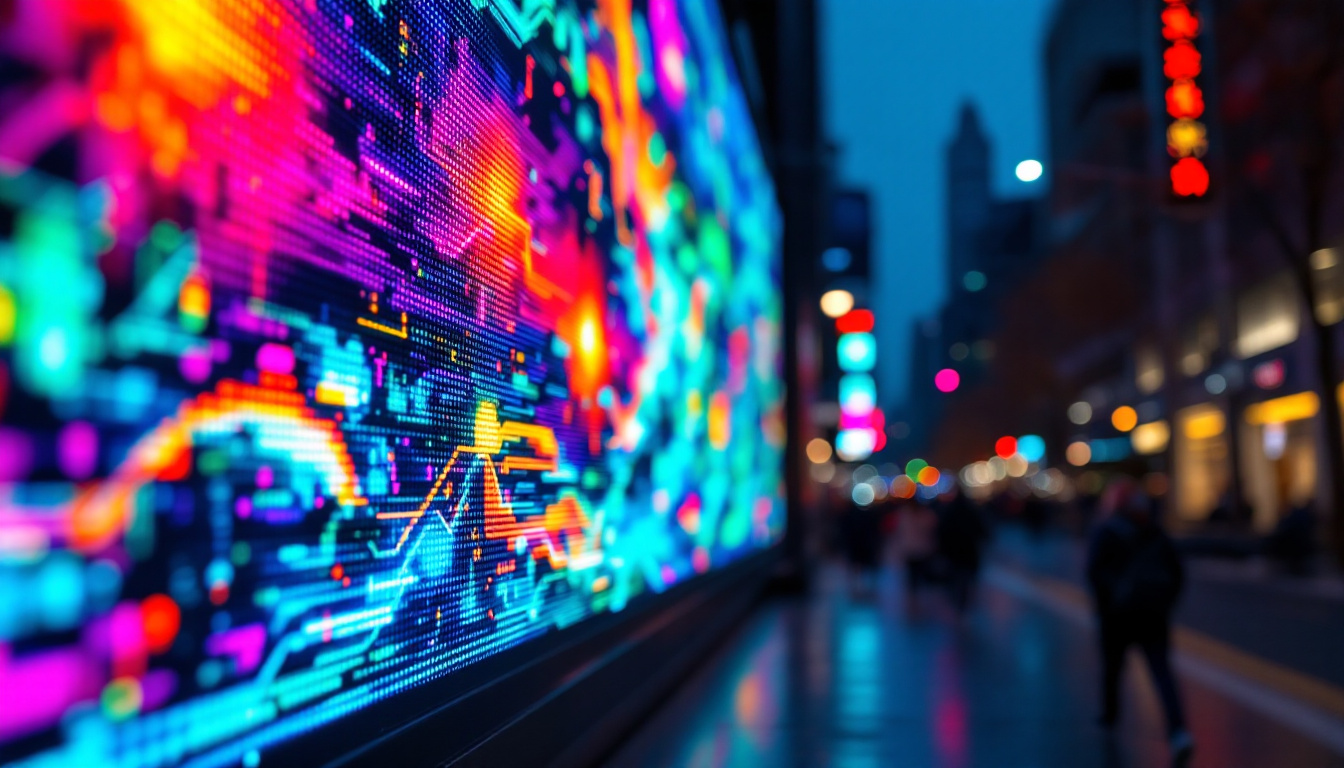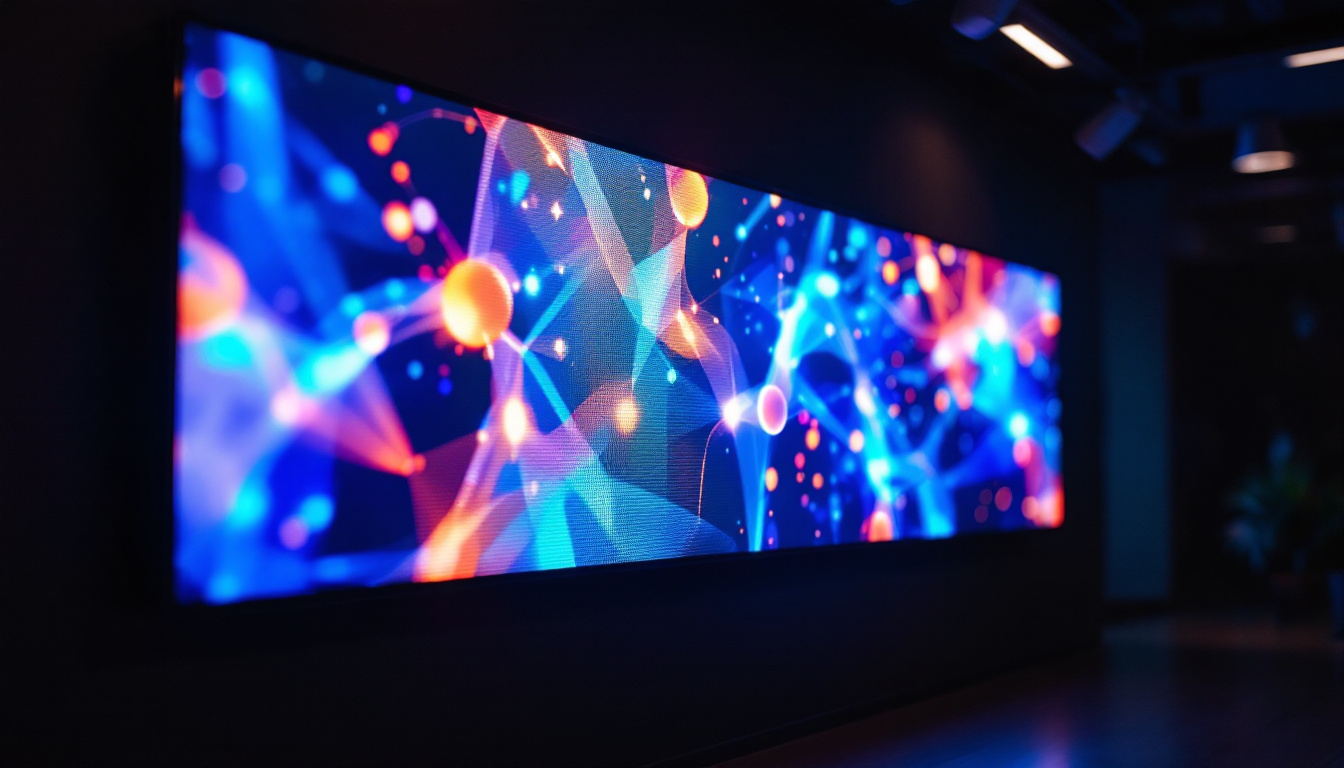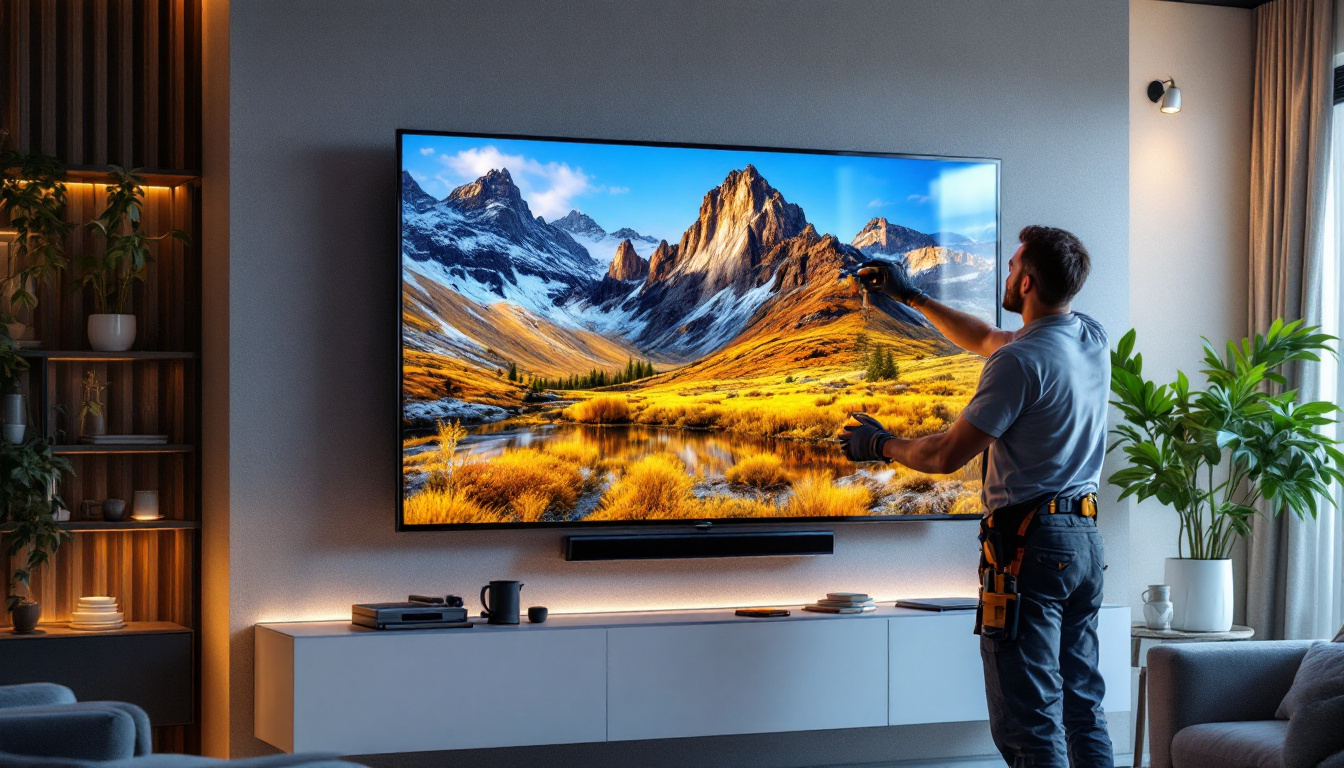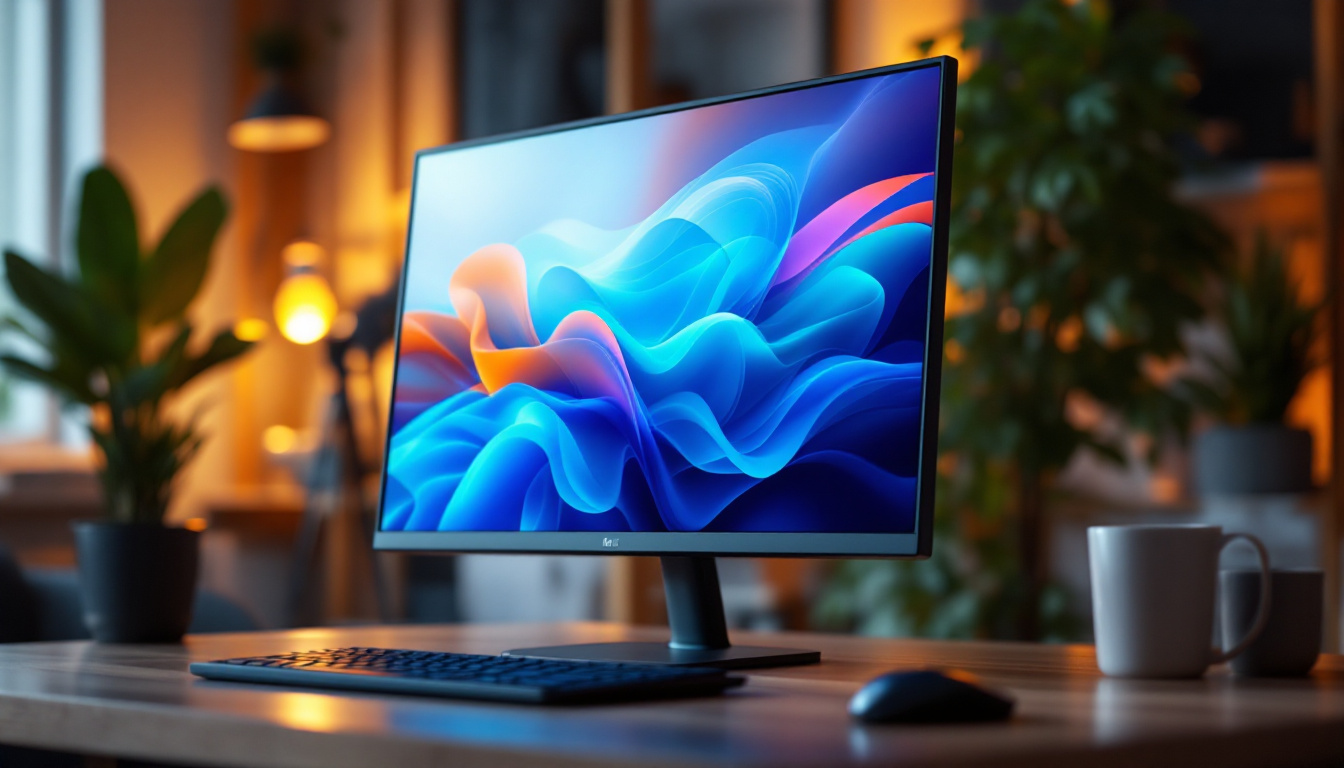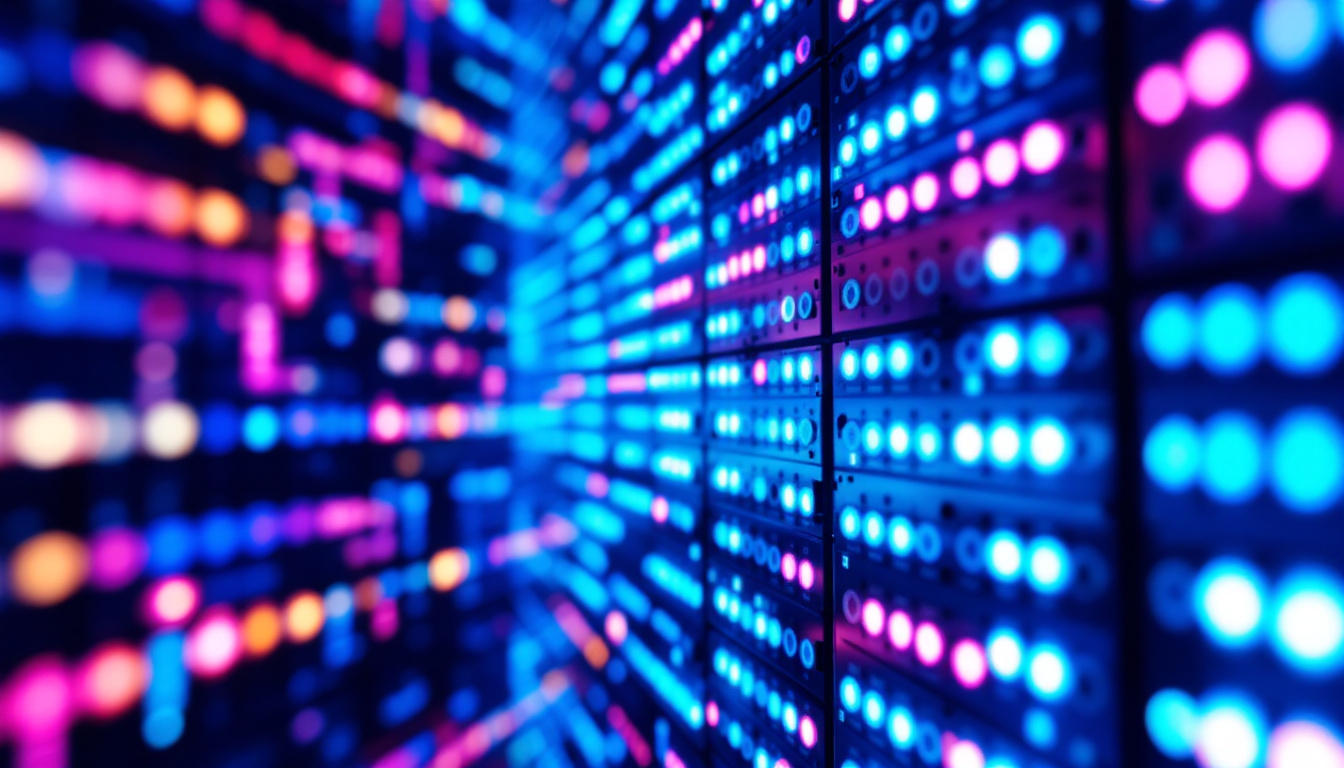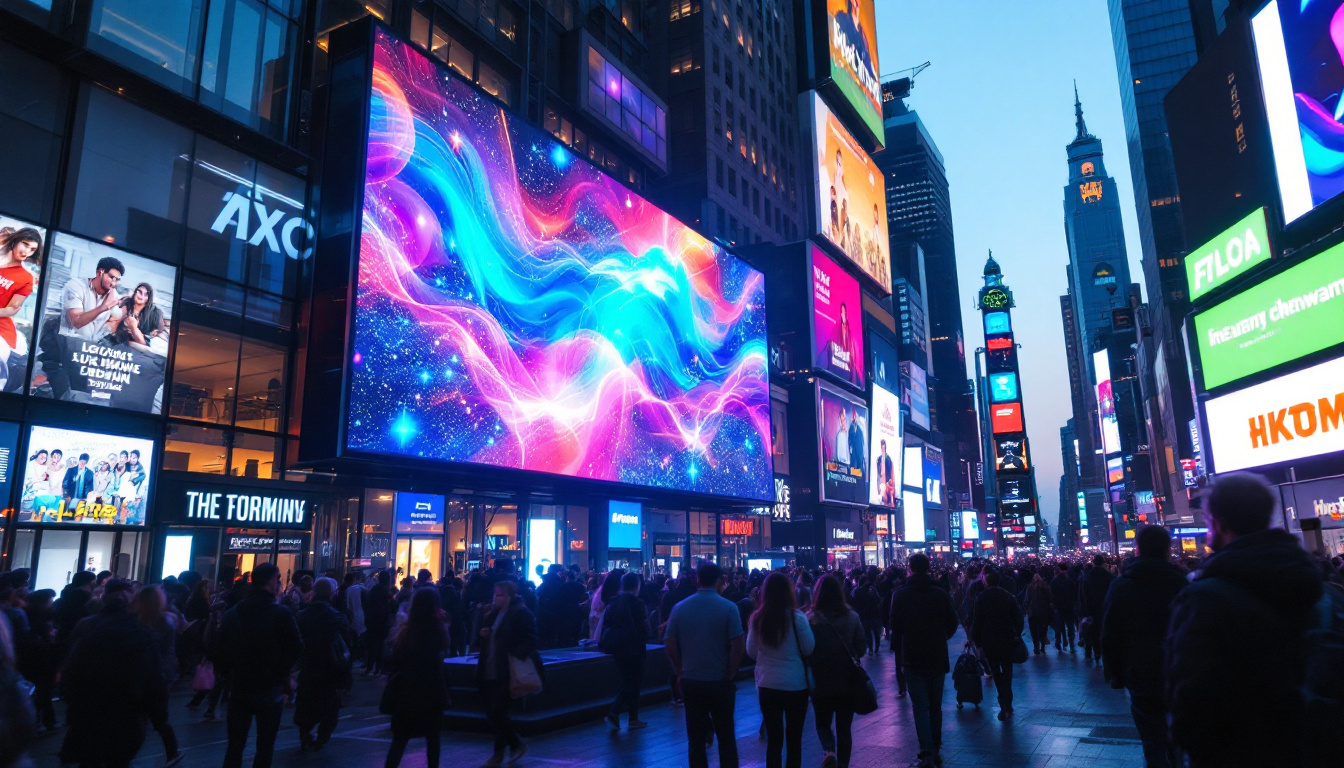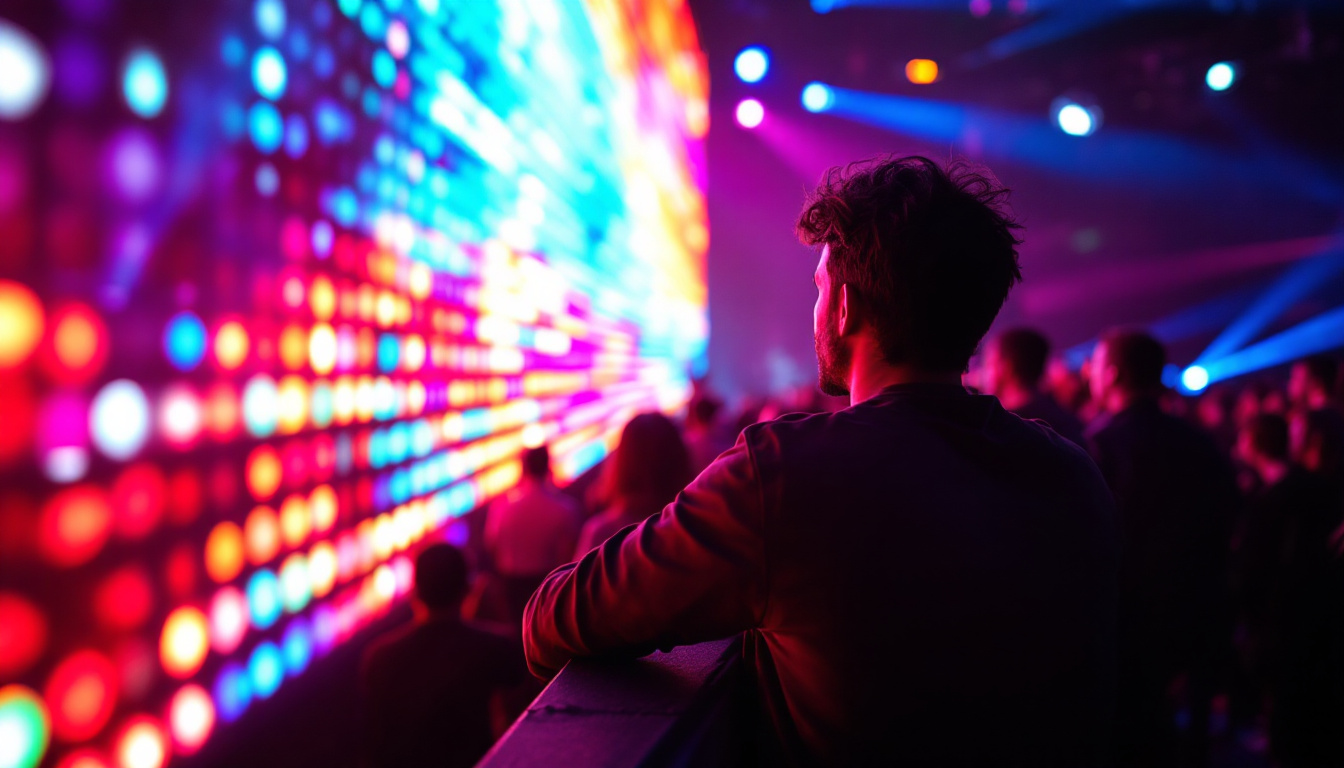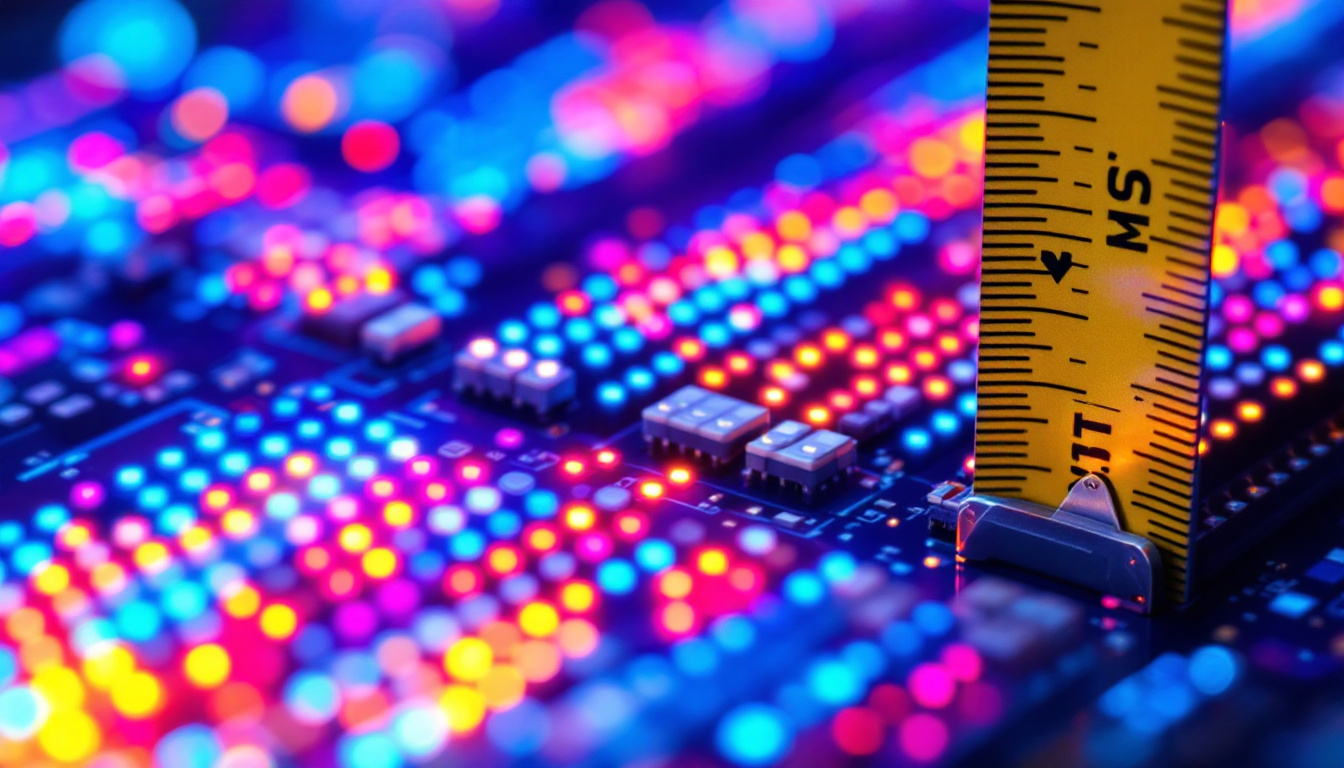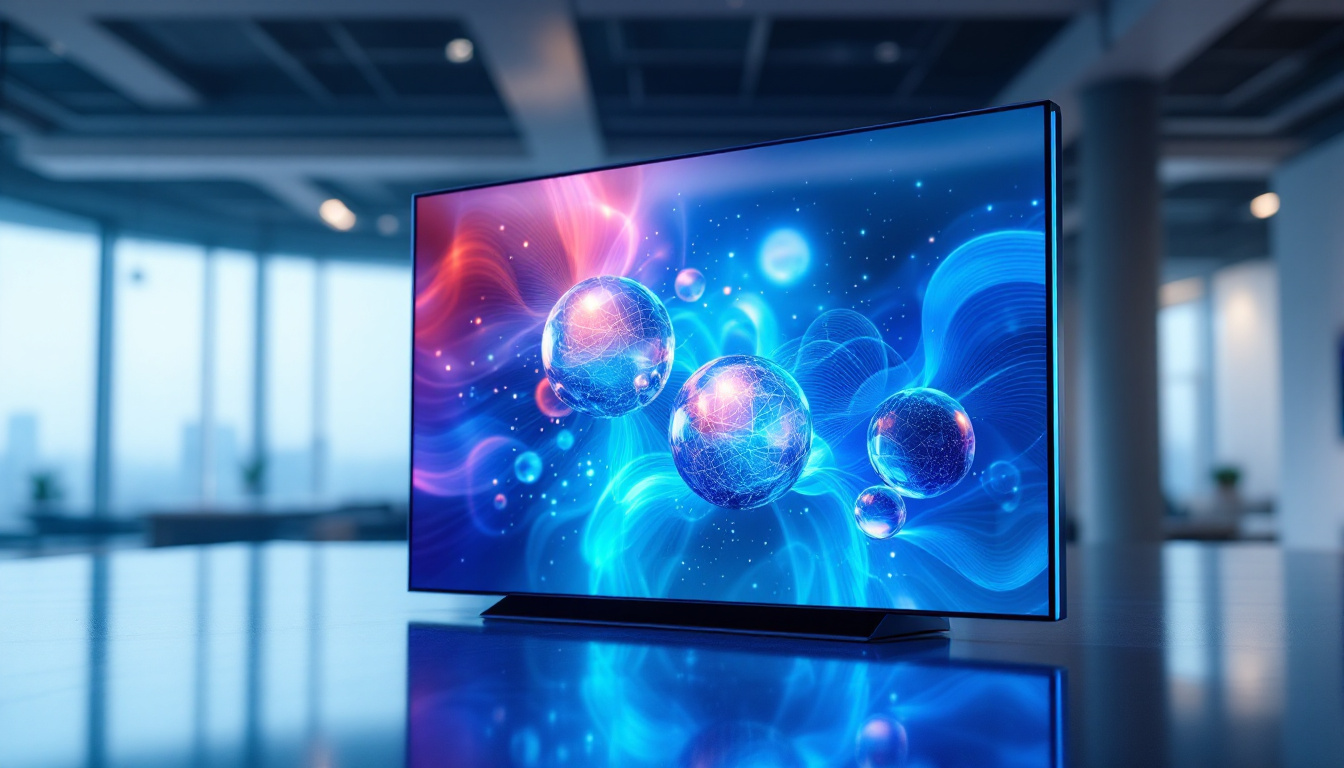In recent years, the demand for portable projection devices has surged, leading to the rise of tiny projectors. These compact gadgets offer an impressive combination of size, functionality, and affordability. Among the various technologies available, LED displays have emerged as a popular choice for tiny projectors. This article delves into the intricacies of tiny projectors, focusing on LED display technology, its advantages, and how it compares to other projection methods.
Understanding Tiny Projectors
Tiny projectors, often referred to as pocket projectors or mini projectors, are designed for portability and convenience. They are small enough to fit in a bag or even a pocket, making them ideal for on-the-go presentations, movie nights, or gaming sessions. Despite their small size, many models offer remarkable image quality and functionality.
Key Features of Tiny Projectors
When exploring tiny projectors, several key features come into play. These include resolution, brightness, connectivity options, and battery life. Understanding these features can help users select the right projector for their needs.
- Resolution: The clarity of the image projected is primarily determined by the resolution. Most tiny projectors offer a range of resolutions, from standard 480p to full HD 1080p. Higher resolutions provide sharper images, making them suitable for detailed presentations or high-definition videos.
- Brightness: Measured in lumens, brightness is crucial for visibility in various lighting conditions. Tiny projectors typically range from 100 to 1000 lumens. A higher lumen count means the projector can perform better in well-lit environments.
- Connectivity: Modern tiny projectors come equipped with various connectivity options, including HDMI, USB, and wireless capabilities. This flexibility allows users to connect different devices, from laptops to smartphones, enhancing usability.
- Battery Life: For portable use, battery life is a significant consideration. Many tiny projectors offer rechargeable batteries that can last from 1.5 to 4 hours, depending on usage and settings.
Applications of Tiny Projectors
Tiny projectors have a wide range of applications, making them versatile tools for both personal and professional use. Here are some common scenarios where tiny projectors shine:
- Business Presentations: Professionals often use tiny projectors for on-the-go presentations. Their portability allows users to set up anywhere, whether in a conference room or a casual meeting space.
- Home Entertainment: Movie enthusiasts can utilize tiny projectors for an immersive viewing experience. They can project films onto walls or screens, transforming any space into a mini theater.
- Gaming: Gamers appreciate the ability to project games onto larger surfaces, enhancing the gaming experience. Many tiny projectors support gaming consoles, making them an excellent choice for gaming parties.
In addition to these applications, tiny projectors are increasingly popular in educational settings. Teachers can use them to create engaging presentations that capture students’ attention, making lessons more interactive. With the ability to connect to tablets or laptops, educators can easily share multimedia content, from videos to interactive slideshows, enriching the learning experience. Furthermore, tiny projectors are also being embraced for outdoor movie nights, allowing families and friends to gather in backyards or parks for a cinematic experience under the stars, complete with popcorn and blankets.
Moreover, the rise of smart tiny projectors has introduced features like built-in streaming capabilities, allowing users to access platforms like Netflix or YouTube directly without needing an external device. This innovation enhances convenience, as users can enjoy their favorite shows or movies instantly. Additionally, some models come equipped with Bluetooth speakers, providing an all-in-one solution for audio-visual entertainment. As technology continues to evolve, the potential applications and features of tiny projectors are likely to expand even further, making them an exciting option for anyone looking to enhance their viewing or presentation experience.
Exploring LED Display Technology
LED (Light Emitting Diode) technology has revolutionized the way images are projected. In tiny projectors, LED displays provide several advantages over traditional projection methods, such as LCD and DLP. Understanding how LED technology works can shed light on its benefits and applications.
How LED Technology Works
LED projectors utilize a combination of LEDs to create images. Unlike traditional projectors that rely on lamps, LED projectors use solid-state technology, which results in a more efficient light source. The basic components of an LED projector include:
- LED Light Source: This is the primary component that emits light. LED lights are known for their longevity and energy efficiency, contributing to the overall performance of the projector.
- Optical Engine: The optical engine processes the light emitted by the LEDs and projects the image onto a screen or surface. This component is crucial for color accuracy and image sharpness.
- Cooling System: LED projectors generate less heat compared to traditional projectors, which reduces the need for extensive cooling systems. This feature contributes to their compact size and lightweight design.
Advantages of LED Displays
LED display technology offers several advantages that make it an appealing choice for tiny projectors:
- Energy Efficiency: LED projectors consume significantly less power than traditional lamp-based projectors. This efficiency not only reduces energy costs but also extends the projector’s lifespan.
- Vibrant Colors: LED projectors are known for their ability to produce bright and vibrant colors. The color accuracy is often superior to that of traditional projectors, making them ideal for multimedia presentations.
- Long Lifespan: LED lights can last for up to 20,000 hours or more, far exceeding the lifespan of traditional projector bulbs. This longevity reduces maintenance costs and the frequency of replacements.
- Compact Size: The absence of bulky components, such as large lamps and extensive cooling systems, allows LED projectors to be smaller and lighter, enhancing their portability.
In addition to these advantages, LED technology is also increasingly being integrated into various applications beyond traditional projection. For instance, in the realm of digital signage, LED displays are becoming the go-to choice for businesses looking to create eye-catching advertisements. Their ability to display high-resolution images and videos in bright, dynamic colors makes them particularly effective in attracting consumer attention in crowded environments. Furthermore, LED technology is being utilized in innovative ways, such as in wearable displays and smart home devices, showcasing its versatility and adaptability in the ever-evolving tech landscape.
Moreover, the environmental impact of LED technology cannot be overlooked. With a focus on sustainability, many manufacturers are now prioritizing eco-friendly materials and production processes for their LED projectors. This shift not only reduces waste but also promotes a greener approach to technology consumption. As consumers become more environmentally conscious, the demand for energy-efficient and sustainable products continues to rise, positioning LED projectors as a responsible choice for both personal and professional use.
Comparing LED Projectors with Other Technologies
While LED projectors have gained popularity, it is essential to compare them with other projection technologies, such as LCD and DLP, to understand their unique advantages and limitations.
LED vs. LCD Projectors
LCD (Liquid Crystal Display) projectors use liquid crystals to modulate light and create images. Here are some key differences between LED and LCD projectors:
- Brightness: LCD projectors typically offer higher brightness levels, making them suitable for well-lit environments. However, LED projectors have improved significantly in this area, with many models now offering competitive brightness.
- Color Accuracy: LED projectors tend to produce more vibrant colors than LCD projectors, which can sometimes struggle with color reproduction.
- Maintenance: LED projectors require less maintenance due to their long lifespan, while LCD projectors may need more frequent bulb replacements.
LED vs. DLP Projectors
DLP (Digital Light Processing) projectors utilize a digital micromirror device to create images. The comparison between LED and DLP projectors includes:
- Image Quality: DLP projectors are known for their sharp images and high contrast ratios. However, LED projectors have made strides in image quality, offering competitive performance.
- Portability: LED projectors are generally more compact and lightweight than DLP projectors, making them easier to transport.
- Color Wheel: DLP projectors often use a color wheel, which can result in color artifacts, especially in fast-moving images. LED projectors do not have this limitation, providing smoother color transitions.
Choosing the Right Tiny Projector
With a plethora of tiny projectors available on the market, selecting the right one can be a daunting task. Here are some factors to consider when making a decision:
Determine Your Primary Use
Understanding the primary purpose of the projector is crucial. Whether it’s for business presentations, home entertainment, or gaming, different projectors cater to specific needs. For instance, a projector intended for business use may prioritize brightness and connectivity options, while a home entertainment projector may focus on resolution and color accuracy.
Evaluate Specifications
Once the primary use is determined, evaluating the specifications becomes essential. Key specifications to consider include:
- Resolution: For presentations, a minimum of 720p is recommended, while home theater enthusiasts may prefer 1080p or higher.
- Brightness: Consider the environment where the projector will be used. A brighter projector is necessary for well-lit rooms.
- Portability: If frequent travel is expected, prioritize lightweight and compact models.
Read Reviews and Comparisons
Before making a purchase, reading reviews and comparisons can provide valuable insights into the performance and reliability of different models. User feedback often highlights real-world experiences that may not be evident in product descriptions.
Conclusion
Tiny projectors equipped with LED display technology offer a remarkable blend of portability, functionality, and image quality. As the demand for compact and efficient projection solutions continues to grow, understanding the advantages of LED technology becomes essential for making informed choices. Whether for business, entertainment, or gaming, tiny projectors are paving the way for a new era of visual experiences.
With careful consideration of specifications and intended use, anyone can find the perfect tiny projector to suit their needs. As technology advances, the future of tiny projectors looks promising, with continuous improvements in performance and capabilities. Embracing this innovation can lead to enhanced presentations, immersive entertainment, and unforgettable gaming experiences.
Discover LumenMatrix’s Advanced LED Solutions
Ready to elevate your visual experience with the latest in LED display technology? Look no further than LumenMatrix, a pioneer in crafting exceptional LED display modules for a variety of applications. From vibrant Indoor and Outdoor LED Wall Displays to innovative solutions like Vehicle LED Displays, LED Posters, and even Custom LED Displays, LumenMatrix is committed to transforming your visual communication. Whether you’re looking to captivate your audience, enhance your brand’s visibility, or create an unforgettable entertainment experience, LumenMatrix has the cutting-edge technology to make it happen. Check out LumenMatrix LED Display Solutions today and step into a world of brilliant color and clarity.

